2017 Fantasy Baseball: The Fielding Chronicles– Milwaukee Brewers
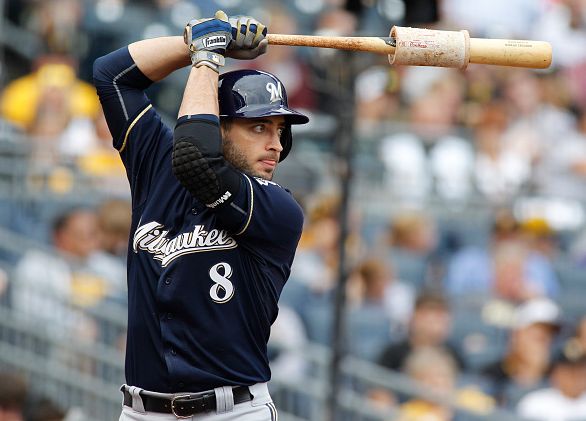
The Brewers are embarking on a rebuilding project and they seem to be ahead of schedule because of some clairvoyant decision making. Both Travis Shaw and Eric Thames have paid huge dividends so far. David Stokes learned from the best in Houston, so it makes sense that he would be successful in rebuilding. Fielding has played a small part of that, but with a group of young players it could end up better than we might expect.
We are using billjamesonline.com to look at the defensive runs saved numbers for all 30 teams. The site has fielding numbers for every active player and for each team broken down by position. We are also looking defensive efficiency ratings from baseball-reference.com. When we compare the two we often see them in line with each other, but sometimes there are some stark differences.
The Brewers are one of those teams that have had significant differences between their fielding numbers and DER. That points to problems with pitching. That makes perfect sense given that the Brewers might have one of the worst pitching staffs in the business. This isn’t an insult given their attempts to rebuild. Obviously, their position players are ahead of their pitching.
Team Overview
| Infield | Outfield | Shifts | Total | Rank | DER | Rank | |
| 2014 | +13 | -4 | +4 | +13 | 9th | .696 | 4th |
| 2015 | +5 | -12 | +11 | +4 | 9th | .679 | 12th |
| 2016 | +8 | -2 | +23 | +29 | 4th | .680 | 10th |
You see the usual characteristics of a team that is making the shift towards advanced data. In particular, the shifting data indicates a team that is getting maximum benefit from the fielders they do have. While the DER hasn’t quite caught up yet, that can be easily attributed to the pitching lagging behind the hitting and defense. Still, solid fielding can make bad pitching look mediocre and mediocre pitching look good.
It’s all part of the process in Milwaukee. At this point, the hitting is ahead of the fielding and the fielding is ahead of the pitching. 2017 looks like the season where the fielding will finally be where they want it to be and so far the overall results have been promising. The next step will involve developing better pitchers.
Strongest Fielder
Tyler Thronburg was a solid setup reliever for the Brewers in 2016, but solid setup relievers aren’t particularly valuable for second division teams. So, getting even a mediocre regular for him was a steal from their end. Travis Shaw’s offensive numbers were not great last year, but he was a plus 14 runs at third base for the Red Sox. When all is said and done, he will likely end up being league average offensively, but adding two fielding wins is a pretty good addition to a solid defensive infield.
Weakest Fielder
The Carlos Gomez trade to the Astros obviously sped up the timetable for the Brewers. The best two parts of that trade (Josh Hader and Brett Phillips) haven’t even appeared in Milwaukee yet. Domingo Santana was the frontline piece of that deal if only because he had big league experience. The hitting has been predictably above average overall, but the fielding has lagged behind. Santana is minus 15 runs in his three years coming into 2017. He has the physical gifts necessary to be a plus defender, but like with his offense, it has taken him time to get it all together.
Key Changes
If one were simply to track the player that played the most games at each position in 2016 then Ryan Braun would be the only returning regular. Granted, most of the players were there before by the end of 2016, so there were fewer changes than what it might seem, but the Brewers are one of the teams that have had the most turnover between 2016 and 2017.
It starts behind the dish where Andrew Susac and Jett Bandy are projected to get the majority of the opportunities. At this point, it seems almost split, but that could change if Bandy continues to hit. He is a plus defender from a year ago (plus two runs) and if that kind of production continues then he will be a positive impact performer.
The early season sensation has been Eric Thames. He has been randomly drug tested three times since his return. Obviously, no one believes his performance is for real. He was a below average defensive outfielder and the early returns at first base or about the same. The league will likely catch up to his bat and his numbers will normalize. Even if that happens he will still be worth every penny they are paying him.
Jonathan Villar returns after his breakout year last year, but now he becomes the second baseman. He was a neutral fielding shortstop, so the hope is that he will be a plus defender at second base. He has gotten off to a slow start with the glove and bat this season, but he has too many skills to stay there long.
Finally, you get Orlando Arcia. He has been a neutral defensive shortstop in his short time in the majors. The hope is that he can find his sea legs eventually, but the Brewers have more prospects along the way. That is one of the great things about being a rebuilding franchise. There are always plenty of guys that take your spot.
Key Pitchers
There isn’t a ton to get excited about in Milwaukee from a pitching perspective. Junior Guerra might be the best of the bunch simply because he is the pitcher most likely to get dealt to a contender at some point this season. He had a sparkling ERA last season, but has gotten off to a very slow start this year. He had a 52 percent ground ball rate coming into the season, so he bears watching as we move forward.
Matt Garza has struggled to remain healthy over the years. This year has been no different as he has only made two starts. Both were good starts, so there is always hope that he can continue to pitch well when he gets back into the rotation. If he can string a couple of good months together in advance of July then they could get a decent return for him before the trade deadline.


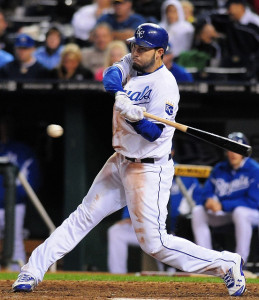
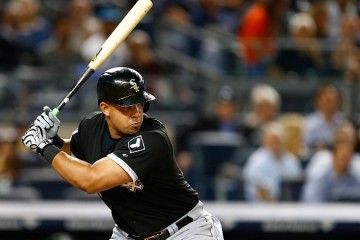
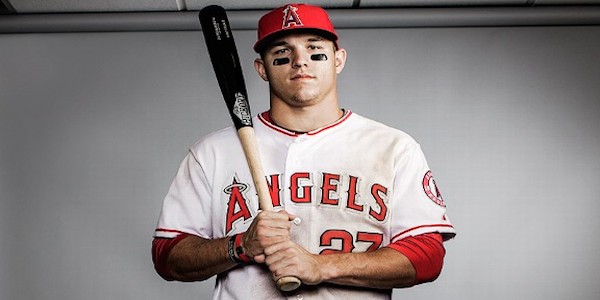
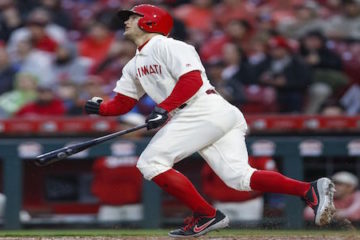
2 Comments
Junior is hurt, he didn’t have a slow start
Most people would define a 6.00 ERA as struggling although I’d agree one start is hardly a representative sample. Point taken.